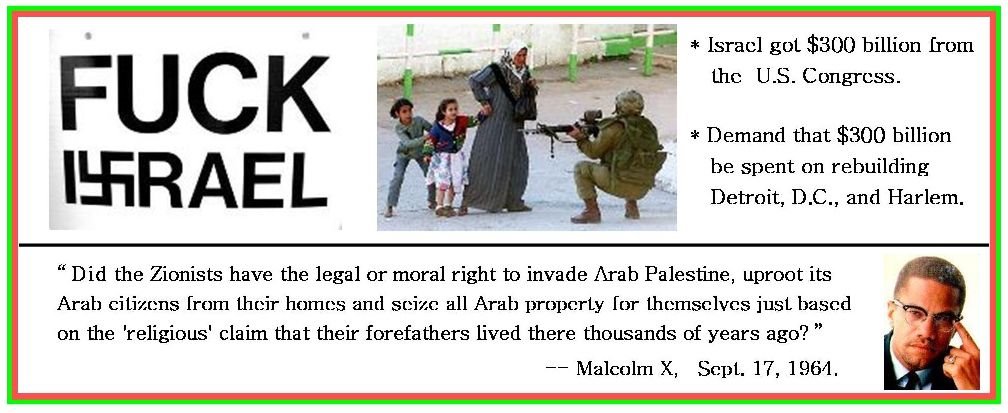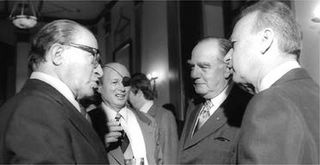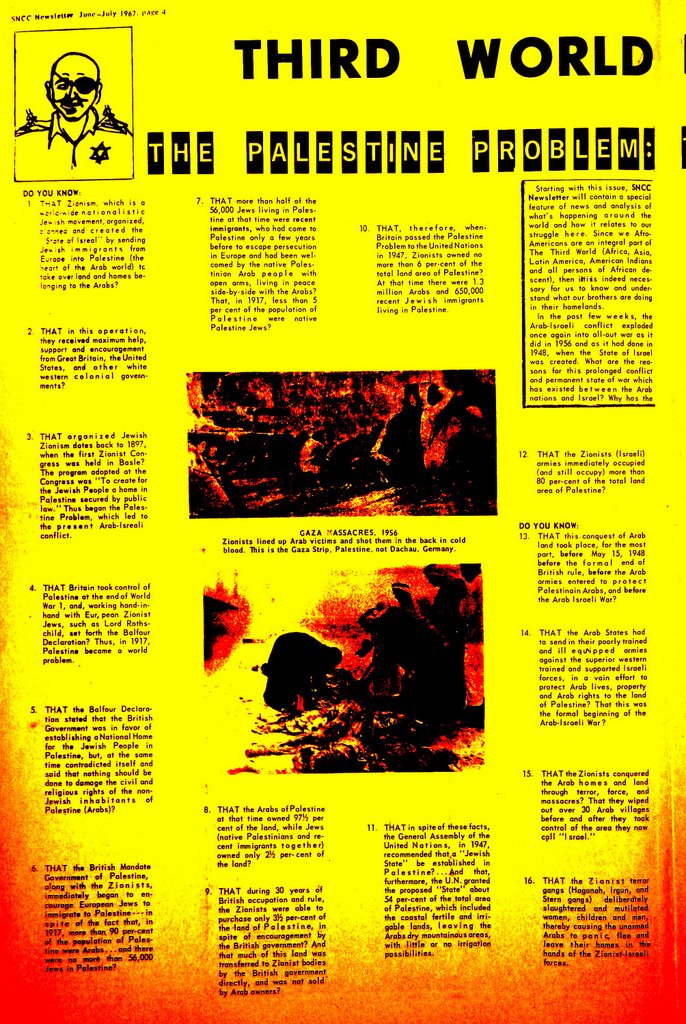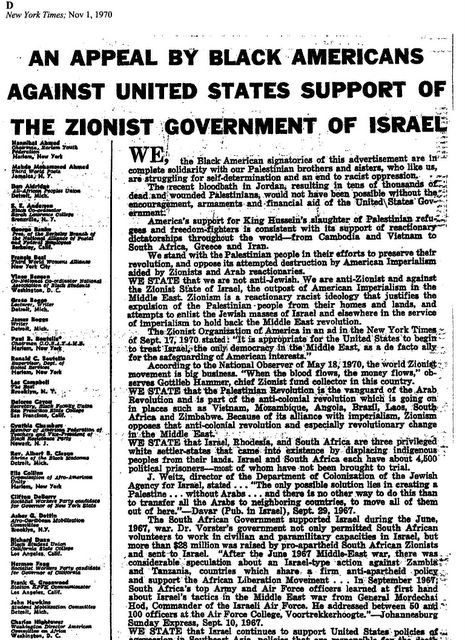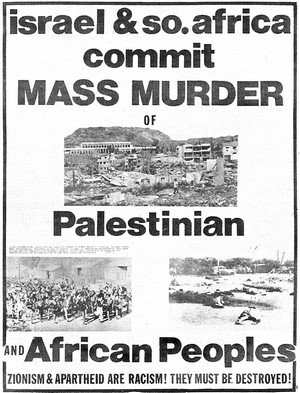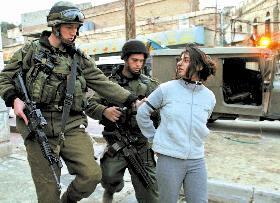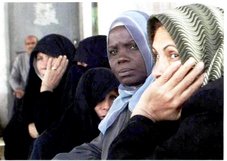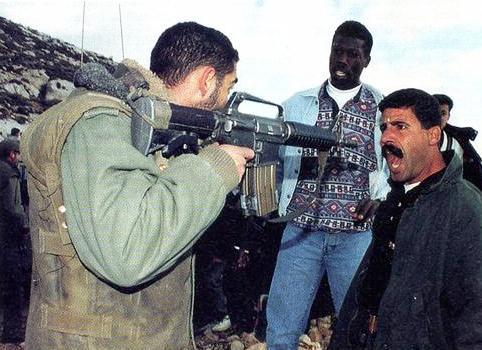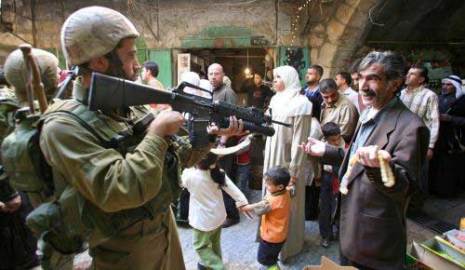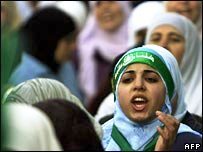“Iraqi Landscape 2005”
by Hashim Al-Tawil
Etching, digital imaging collage, and hand coloring, 16”X20”
"From Pomegranate to Dearborn: The loss of Iraqi art"
- By Hashim Al-Tawil
The Arab American News (Dearborn, Michigan)
On the Web at:
http://www.onefineart.com/en/articles_arts/loss_iraqi_art.shtml
"Out of Iraq: Artists' Meditations on Their Homeland," is an exhibit currently appearing at the National Arab American Museum (NAAM) in Dearborn. The question is why? The exhibit is of questionable origin and value and does not accurately reflect Iraqi art in America. Worse, it reflects the art of those trying to ameliorate Iraqi art and replace it with post-Saddam works that acknowledge and accept the occupation of that country.
The exhibit was initially curated by Leila Kubba and features the works of three Iraqi artists living in the States: Mohammed Fradi, Leila Kubba and Nadwa Qaragholi. The exhibit originated at the Pomegranate Gallery in Soho, a gallery owned by an Iraqi Jew, who left Iraq when he was a child.
The decision to host this show raises serious and troubling questions about the capabilities and/or intentions of those responsible at the museum. There was an obvious lack of artistic evaluation in this choice, and a lack of understanding of the impact of visual art on the Arab community. There was also obvious disregard for the intellectual awareness of the Arab American community. There is the possibility that if this disregard was not intentional, then a dreadful state of ignorance exists on the part of those running the museum, rendering them inappropriate for the job at hand. But first, some background.
Completely overlooked in the current popular discourse on Iraq - and rightly so given the chaos in that country - is the negative impact the invasion and occupation of Iraq has had on that country's hitherto magnificent store of Arab art and cultural artifacts. Remarkable levels of artistic, literary and cultural achievements had been reached in pre-invasion Iraq. Baghdad became the capital of Arab culture in the last decades of the twentieth century. And among the diverse trends, techniques, and styles Iraqi artists utilized in their creative endeavors, certain characteristics of modern Iraqi identity emerged. This was an identity rooted in the civilization of ancient Iraqis - those who first invented the rules of pictorial narratives and established the language of visual expression.
This identity was enriched by the diverse ethnic, racial and religious composition that has always strengthened the Iraqi experience. Artists of Arab, Kurd and Turkoman background, Muslims of all sects, Christian, Jewish, Mandaean and Yazidi, contributed to the making of this splendid picture, which has been a source of inspiration to so many young artists throughout the Arab world. This rich experience was also fed by diverse political views among the artists themselves: Communists, Arab nationalists, Ba'athists, Islamists and apolitical practitioners as well.
The predominant characteristic of this Iraqi cultural identity - which is an extension of the wider Arab cultural identity - was derived from distinct Arabic-Islamic visual elements. Arabic culture is both the core and the final evolution of the Semitic culture and the bond among all major ethnic groups in the region. The Arabic language is the historic evolution of the Semitic dialects, highly expressive and communicative among them. Islam is the culmination of historic monotheism which embeds Judaism and Christianity, and also plays host to other minor denominations such as the Mandaens, Baha'is, Druze, and Yazidis. Both the Arabic language and the Islamic religion underpin and overarch the history of all ethnic minorities and subcultures coming out of the Semitic Middle East. Reasonable religious tolerance and pluralism were major components of the secular Iraqi culture in pre-invasion Iraq.
Subsequent to the invasion, the Ministry of Culture and Information was bombed beyond repair, along with other cultural facilities. The Iraqi Museum was looted and thousands of priceless and irreplaceable antiquities were stolen or damaged. Most are still missing. The National Library, Dar al-Hikmah, and many collections of rare manuscripts and archival materials were looted and burned.
The Saddam Center for the Arts was looted and its collection of about 7,000 works stolen. This collection represented the entire history of modern Iraqi art with works from the latter years of the 19th century to 2003. The Iraqi Museum of Antiquities is still missing 30 to 40 major pieces and more than 15,000 small objects and artifacts, while only about 3,000 modern artworks have been retrieved or returned. The military occupation also resulted in the abuse of archeological sites, and the damaging of Islamic monuments. The latest wave of sectarian strife has also inflicted damage on many Islamic monuments and mosques, the latest being the Askari Mosque in Samara and the Abbasid Minaret in Ana.
As military control alone cannot achieve the entire conquest of an occupied people, the occupation has employed a very specific strategy by which to ameliorate authentic Iraqi culture altogether, deconstruct its very essence and replace it with something more accepting of the foreign presence. Hence a program of "de-Arabizing" Iraq and to a certain extent "de-Islamicizing" Iraq has been implemented since the early days of the occupation.
The majority of Iraq's prominent artists and intellectuals resented the occupation and have not collaborated with the deconstruction of Iraqi culture. They have either left Iraq to resettle in neighboring Arab states, other countries in Europe, the Americas, or Australia, or have chosen to live in seclusion without their usual creative activity.
However, a few Iraqi intellectuals, artists of lower rank and amateur writers did choose to cooperate and support the occupation for various political and financial reasons. Many Iraqis in the United States have also collaborated with the U.S. occupation and extended their "expertise" to supporting the creation of the "new Iraq" in the various fields of art, culture and media work as well as military related activity.
The presentation of modern Iraqi art in the States following the occupation has reflected the chaos and the total ignorance of American art critics and art historians about modern Iraqi art.
So dismal has the American approach to this issue been that the media has created a fanciful cultural scene that totally ignored the long-established modern art and culture of Iraq. Scores of hybrid Iraqi "experts," amateur American journalists and so-called art curators - who have no knowledge of modern Iraqi art - have miraculously emerged as "authorities" on modern Iraqi art. They go on fantasizing on the subject, highlighting insignificant Iraqi art students and amateurs, and praising mediocre art as the rising new "post-Saddam" Iraqi art.
Local Iraqi American art students have gone further. They have appropriated Iraqi culture by announcing the formation of the Iraqi Artists Union in America and the League of Iraqi Artists in America and Canada, among many other such shabby "ethnic" organizations.
One of the new "custodians" of "liberated Iraqi art" is Peter Hasting Falk, an American curator who has no knowledge of Iraqi art. He has introduced a mediocre Iraqi amateur - Issam Pasha - as the new "hero" of modern Iraqi art. Lavish funding has been allocated to purchase works from trivial Iraqi artists - some still in Iraq, others in Amman or other European cities. The works of these artists are being exhibited at the Pomegranate Gallery, which is being run by yet another "new Iraqi artist" - Oded Halahmi.
The Falk-Halahmi collaboration has produced a series of exhibits featuring works of mostly unestablished Iraqi artists such as Issam Pasha, Qasim Sabti, Delair Shakir, Ghassan Muhsin and Hayder Ali, as well as emerging artists such as Mohammed Al-Shammarey, Nazar Yehya and Hana Malallah, along with Halahmy. The Pomegranate Gallery acts as a New York outlet for the new "post-Saddam" Iraqi art with the aim of partnering with other outlets in other states.
Halahmi is an Iraqi-born Jew, who at the age of 13, migrated to Israel in 1951 and studied sculpture, and eventually relocated to New York. He still lives and works between New York and "Haifa." Right after the invasion of Iraq, he was commissioned to sculpt a menorah that was transported to Baghdad, installed in Saddam's palace in the Green Zone and used to celebrate Hanukkah in December 2003.
Iraqi art has always been pluralistic. But this gallery and its owner identify more with Jewish art and Israeli culture than with Iraqi culture. The phenomenon of Falk-Halahmy activity is a typical example of the attempt at "re-identification" of Iraq, and the de-Arabization/de-Islamicization of its culture. Similar cultural activities are being performed in other cultural fields - most notably in literature.
In their personal and professional lives, these three artists express empathy with the occupation of Iraq in different ways. Although Fradi and Kubba both have a reasonable record of artistic activity with quality work, their participation in this exhibit is of lower quality. The work of Nadwa Qaragholi lacks professional dimension. It can hardly be described as anything beyond mediocre. Qaragholi is hitherto unknown and is one of thousands of commercial artists who do landscape and portraits and other decorative work. Yet these works are being touted as representative of "Iraqi art."
The NAAM has been roundly criticized, mostly privately, for poor design and curatorship. It's time to ask: Do the museum and its galleries truly represent the culture of the Arab American community? Are there professional experts on Arab art, culture and history there who have the credibility to run a qualified museum? These are questions the community should begin asking before the Arabs' glorious history of achievements in the arts is trivialized by misrepresentation.
--Dr. Al-Tawil is professor of art history at the Henry Ford Community College in Dearborn
____________________________________________
